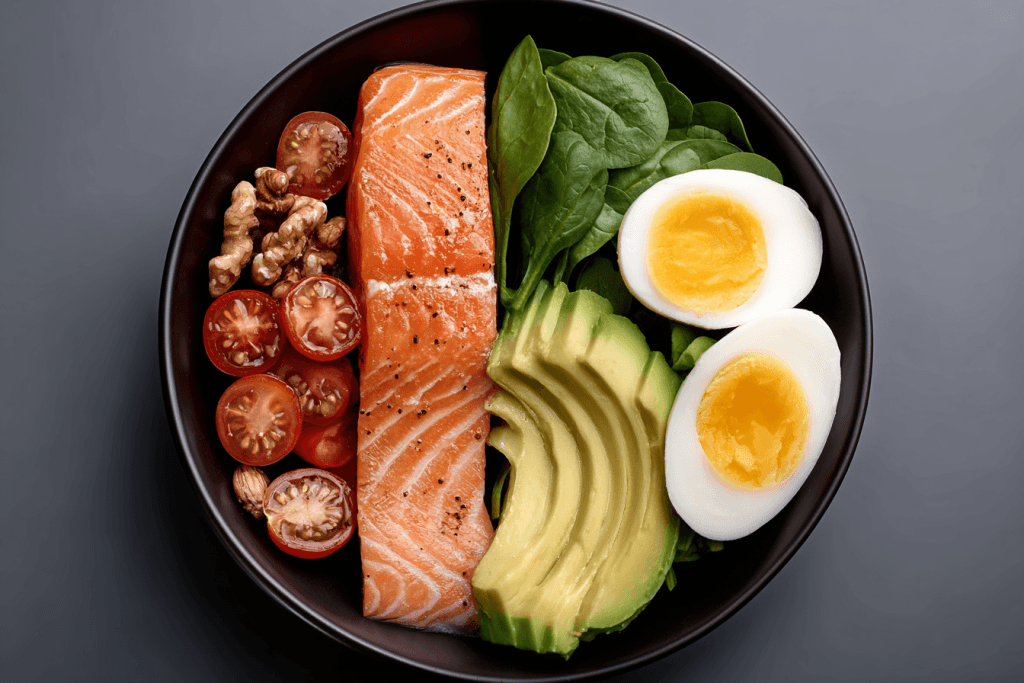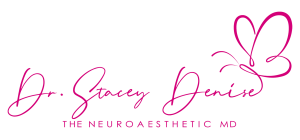Why am I so tired even when I eat clean? Why does my brain feel foggy after lunch? Could keto and paleo help with focus or sensory overload?
You eat the salad, take the supplements, and still feel like your brain is wading through oatmeal. You wake up exhausted—even when you’ve done everything “right.” Maybe you’ve even typed into TikTok: “Keto for ADHD” or “Is Paleo better for brain fog?”
What you’re sensing isn’t imagined. It’s metabolic. And for neurodivergent women like you—women with high-functioning autism, sensory sensitivities, or alexithymia—how you fuel your brain matters more than any one-size-fits-all food pyramid.
Let’s decode why.
The Metabolic-Neuro Connection
The ketogenic and paleo approaches aren’t just diet trends. They’re metabolic strategies that change how your brain sources energy. In keto, your body shifts from burning glucose to creating ketones—alternative fuel that’s more stable and sustaining for sensitive, inflamed, or dysregulated nervous systems.
Paleo, on the other hand, reduces inflammatory triggers (like gluten, dairy, and processed seed oils) while nourishing the brain with micronutrient-rich whole foods.
For neurodivergent women, this isn’t about weight loss. It’s about neurological clarity.
A 2020 study in Frontiers in Neuroscience found that ketogenic diets significantly improved energy metabolism in brains with mitochondrial dysfunction—something increasingly linked with neurodivergent conditions like autism and ADHD (Stafstrom & Rho, 2020, DOI:10.3389/fnins.2020.00020).
Ketones may also help balance GABA and glutamate—the neurotransmitters responsible for calming versus stimulating your nervous system. In other words, food can speak the language your brain understands best.
Keto for Sensory Regulation & Emotional Steadiness

Have you ever felt like certain textures or sounds send your nervous system into overdrive? Or that one little thing can spiral into a shutdown? That might be your neurobiology trying to regulate without enough fuel. When your blood sugar is on a rollercoaster, your emotional and sensory regulation often go with it.
In clinical settings, ketogenic interventions have shown promise for reducing hyperactivity, stabilizing mood swings, and even decreasing seizure activity—all deeply intertwined with how your brain processes input and maintains calm.
Paleo for Gut-Brain Restoration
Paleo doesn’t push you into ketosis but prioritizes ancestral, unprocessed foods that naturally reduce neuroinflammation. Think: wild salmon, olive oil, root vegetables, and fermented foods. It honors the gut-brain axis—our second nervous system. And for neurodivergent women, gut health often means brain health.
Research from Cell and Nature Reviews Neuroscience shows that poor gut microbial diversity has been linked to anxiety, depression, and neurodevelopmental conditions. Paleo’s emphasis on prebiotic fibers, animal-based collagen, and non-processed fats help rebuild your internal ecology.
But What If I Just Want to Feel Good?
This isn’t about perfection. It’s about pattern recognition. If your current way of eating isn’t supporting your sleep, focus, or emotional regulation, your body may be asking for a different rhythm. Keto and paleo aren’t panaceas—but they’re powerful tools that deserve a deeper look, especially if you’ve tried everything else.
How We Help You Translate This

In the Neuroaesthetic Reset Program, we don’t hand you a meal plan and walk away. We use sensory-aware coaching, color-coded nutrition templates, and neurobiologically-informed rituals to help you try things without triggering your nervous system. It’s not “go low carb or go home.” It’s “let’s listen, test, and tune in together.”
You deserve a brain that’s fed with dignity. You deserve a nervous system that hums, not hurries. And most of all—you deserve guidance that speaks your neuro-language.
Wondering what brain-friendly eating looks like for your unique sensory world? Take the Color Archetype Quiz to discover how your body and brain relate to nourishment. You’ll receive a personalized snapshot and our exclusive Food as Medicine Recipe Guide—with meals designed to regulate your nervous system, not restrict your joy.










